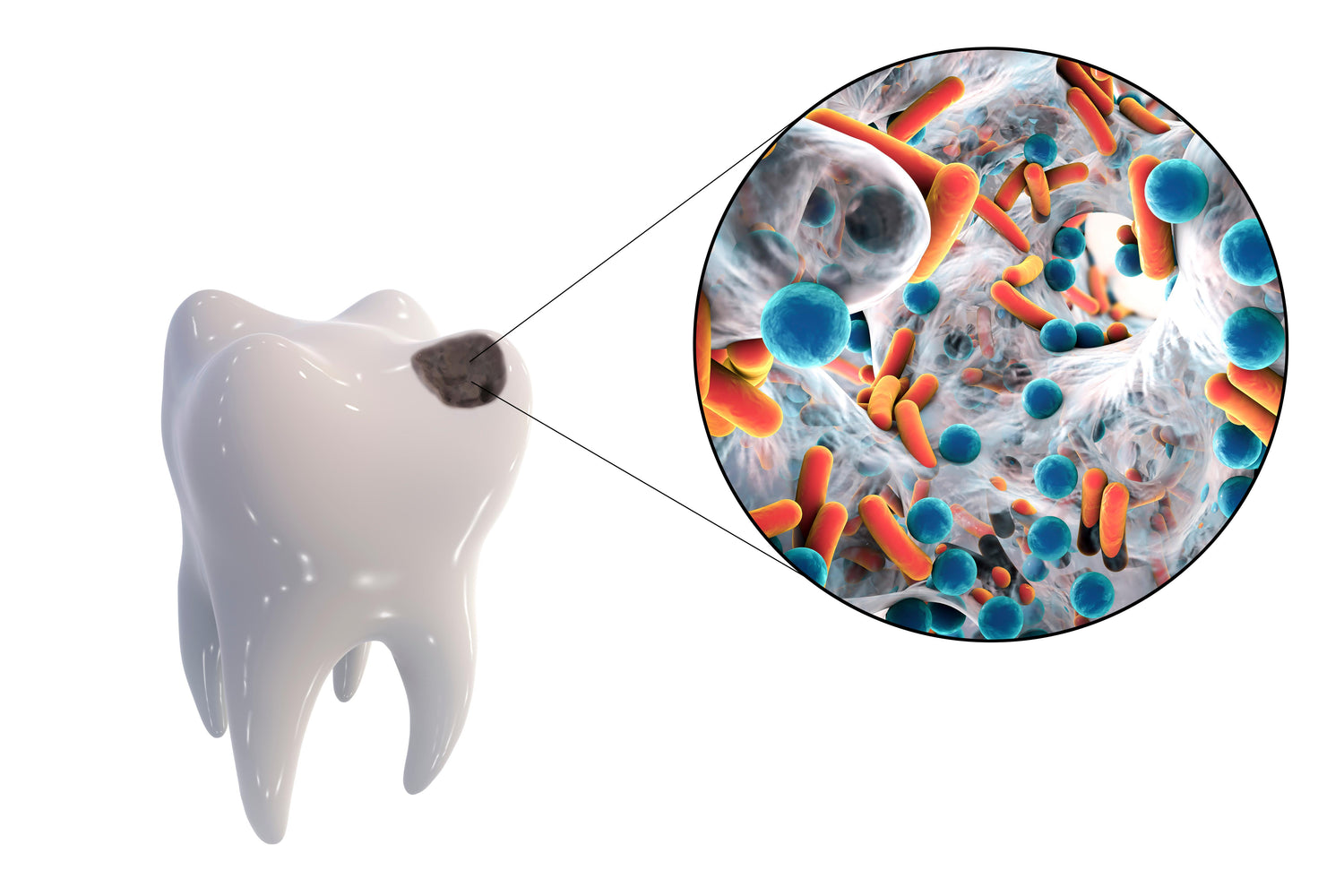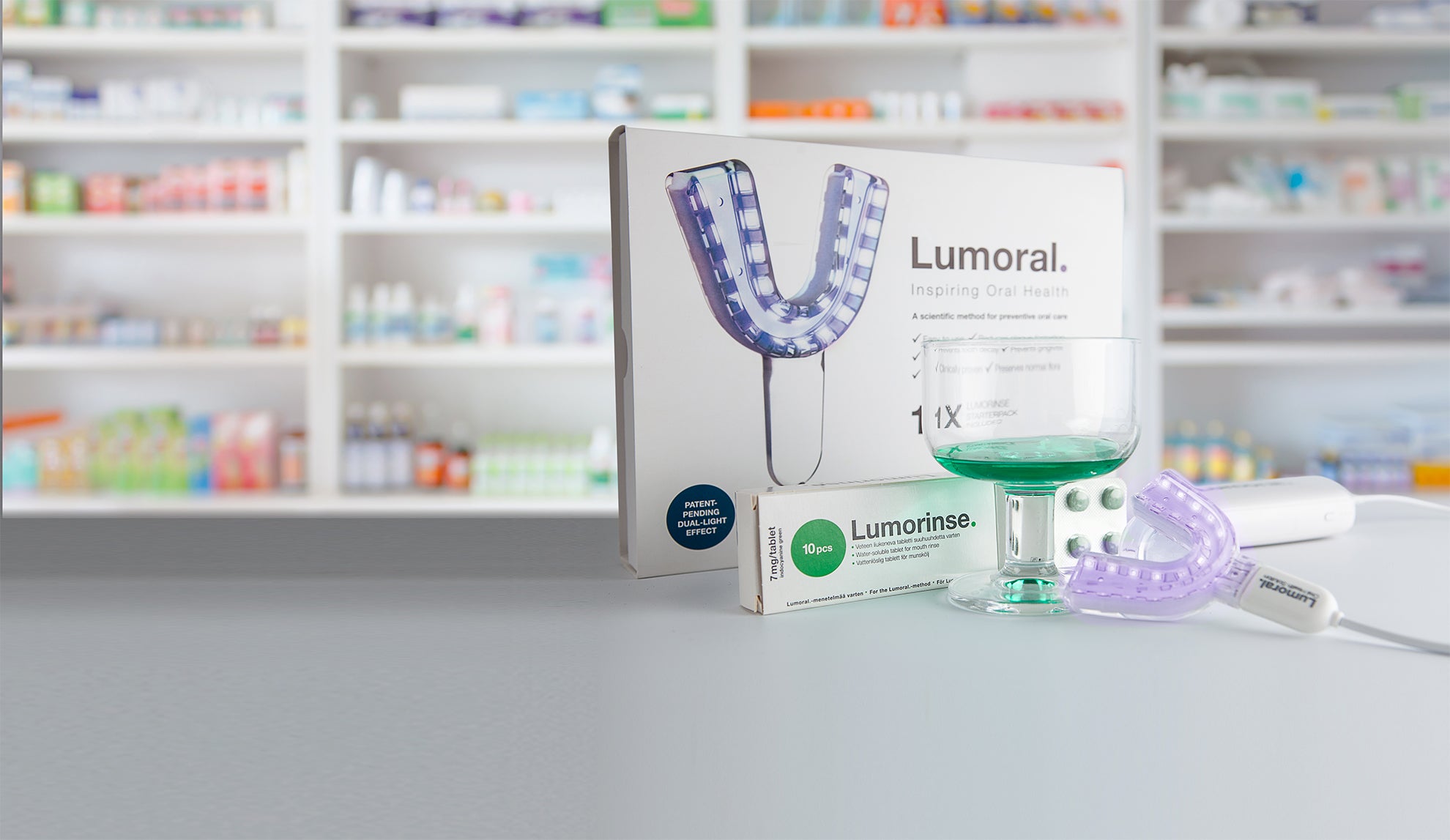According to a report commissioned by the European Federation of Periodontology (EFP), 4.9 percent of global healthcare expenditure is allocated to treat preventable oral diseases such as gum inflammation, cavities, and tooth loss. A preventive approach to oral disease management can bring significant savings to societies, especially when interventions are targeted at economically vulnerable populations.
The "Time to put your money where your mouth is: addressing inequalities in oral health" report by the Economist Impact reveals that the combined prevalence of cavities and severe gum inflammation, periodontitis, has already exceeded the combined global prevalence of non-communicable diseases (NCDs) like mental health disorders, cardiovascular diseases, diabetes, chronic respiratory diseases, and cancers.
Preventive oral care saves money
The report introduces a new cost calculation model for oral disease prevention and treatment, estimating that preventable oral diseases consume approximately $357 billion annually from global healthcare budgets.
Preventable oral diseases affect too many people worldwide. Tooth decay affects over two billion individuals globally, while severe gum inflammation impacts over one billion people. Hence, the EFP report underscores the urgent need to improve global oral health.
Reducing risk factors threatening oral health, such as sugary diets, tobacco, and alcohol consumption, is recommended not only to reduce oral diseases but also to improve overall health and prevent non-communicable diseases.
The scientific evidence linking oral infections to overall health is growing continuously, emphasizing the importance of utilizing this knowledge more extensively among healthcare professionals.
For instance, a recent doctoral thesis from the University of Turku reveals that poor oral hygiene increases the risk of severe head and neck infections requiring hospitalization. The study's findings suggest that investments in oral health and dental care can reduce infection-related costs, complications, and even mortality.
The EFP emphasizes the clear link between oral and overall health, stressing the importance of prioritizing oral health in healthcare budgets and policies.
The report also introduces a framework detailing the progression of cavities from healthy teeth to severely decayed teeth, presenting preventive measures such as maintaining oral hygiene with fluoride toothpaste and implementing local fluoride treatments to prevent or slow down cavity development.
Lumoral: Support for Mechanical Brushing
Efficient oral self-care is crucial for preventing and treating cavities and gum diseases. However, as people age, maintaining oral hygiene can become challenging due to declining vision, memory, or motor skills.
The Lumoral method serves as a targeted solution against microscopic plaque in the mouth, enhancing the effectiveness of mechanical tooth brushing and interdental cleaning. Lumoral treatment eliminates Streptococcus mutans bacteria responsible for tooth decay and gingivitis bacteria.
Endorsed by dentists and the Dental Hygienists' Association in Finland, Lumoral is suitable for maintaining oral health, as well as treating and preventing oral diseases at home. Lumoral slows plaque formation and significantly reduces the amount of bacteria causing periodontitis on tooth surfaces and along the gum line.
Existing studies support Lumoral's efficacy, showing that while even the most effective electric toothbrushes remove only about 65% of harmful bacteria from teeth, Lumoral eliminates over 99% of biofilm bacteria.
Sources:
- Pakarinen S, Saarela RKT, Välimaa H, et al. Home-applied dual-light photodynamic therapy in the treatment of stable chronic periodontitis (HOPE-CP)—three-month interim results. Dent J (Basel). 2022;10(11):206. doi:10.3390/dj10110206
- https://www.suuhygienistiliitto.fi/suomen-suuhygienistiliitto-suosittelee-lumoralia/
- Aggarwal N, Gupta S, Grover R, Sadana G, Bansal K. Plaque removal efficacy of different toothbrushes: a comparative study. Int J Clin Pediatr Dent. 2019;12(5):385-390. doi:10.5005/jp-journals-10005-1669
- https://www.efp.org/publications/special-publications/the-burden-of-caries-and-periodontitis/



Leave a comment
This site is protected by hCaptcha and the hCaptcha Privacy Policy and Terms of Service apply.